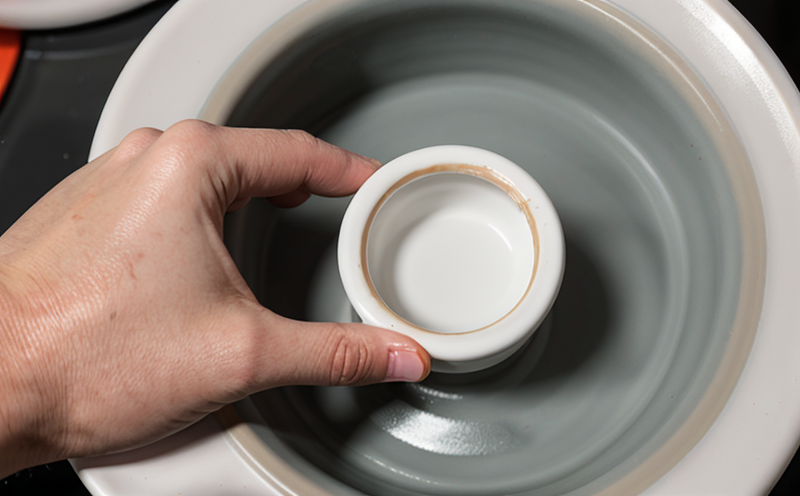ISO 23150 Wear Resistance of Advanced Ceramic Nanomaterials
The ISO 23150 standard provides a comprehensive framework for assessing the wear resistance properties of advanced ceramic nanomaterials. This service is particularly crucial for sectors such as aerospace, automotive, and medical device manufacturing where durability under severe conditions is paramount.
Advanced ceramics, especially those with nanostructured compositions, exhibit exceptional mechanical properties including high hardness, low friction coefficients, and excellent chemical stability. These attributes make them ideal candidates for applications requiring wear resistance. However, the nanoscale nature of these materials introduces unique challenges in characterization and testing. ISO 23150 addresses this by providing detailed guidelines for conducting standardized wear tests that account for the specificities of nanostructured ceramics.
The standard outlines a variety of test methods tailored to different scenarios, including ball-on-disk, ring-on-ring, and pin-on-disc configurations. Each method is designed to simulate real-world conditions under which the materials will be used, ensuring accurate predictions of performance in operational environments. The wear resistance testing protocol involves subjecting the ceramic nanomaterial specimens to controlled frictional forces over specified durations or cycles.
Specimen preparation is critical for obtaining reliable test results. Specimens must be fabricated according to precise specifications laid out by ISO 23150, ensuring uniformity and consistency across samples. This includes considerations such as grain size distribution, porosity levels, and surface finish. Proper specimen preparation ensures that the mechanical properties measured are representative of the material's intrinsic characteristics rather than artifacts introduced during sample fabrication.
Instrumentation plays a pivotal role in executing ISO 23150 tests accurately. High-precision tribometers equipped with advanced sensors capable of measuring micro-nanometer scale displacements and forces are essential tools for this task. These instruments enable precise control over testing parameters such as load, speed, temperature, and lubricant type, allowing researchers to fine-tune conditions to closely mimic actual usage scenarios.
The results from ISO 23150 wear tests provide valuable insights into how well a given ceramic nanomaterial can withstand wear under specific conditions. These data points are crucial for optimizing material formulations, selecting appropriate lubricants, and designing effective coatings or composite structures that enhance overall performance. By adhering to the strict protocols specified by ISO 23150, laboratories ensure consistency and comparability of results across studies conducted worldwide.
Environmental and Sustainability Contributions
- Reduces waste generation through optimized material design.
- Promotes recycling initiatives by facilitating easier disassembly processes due to better understanding of wear mechanisms.
- Supports sustainable manufacturing practices by enabling more efficient use of resources.
The methodologies employed in ISO 23150 contribute significantly to environmental sustainability goals. For instance, the ability to predict wear resistance accurately allows manufacturers to minimize unnecessary over-engineering, thereby conserving raw materials and reducing energy consumption during production processes. Additionally, enhanced knowledge about wear mechanisms facilitates recycling efforts by making it easier to separate valuable components from waste streams.
Competitive Advantage and Market Impact
- Enhances product reliability leading to increased customer satisfaction and loyalty.
- Facilitates compliance with international standards which opens up export opportunities.
- Paves the way for innovation by providing a robust foundation upon which new developments can be built.
Incorporating ISO 23150 into product development strategies offers significant competitive advantages. Reliable wear resistance data enhances trustworthiness among clients and partners, fostering long-term relationships based on mutual success. Compliance with global standards like ISO 23150 also opens doors to international markets where adherence to these norms is mandatory for entry.





